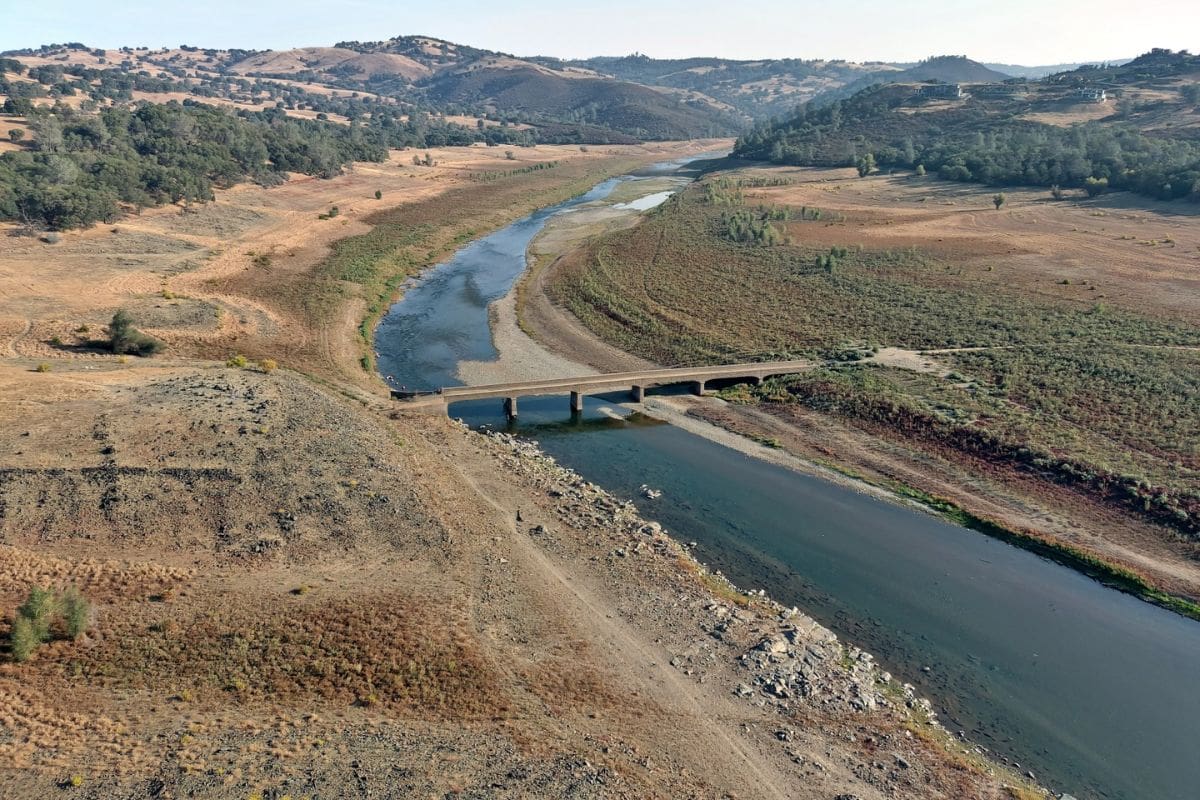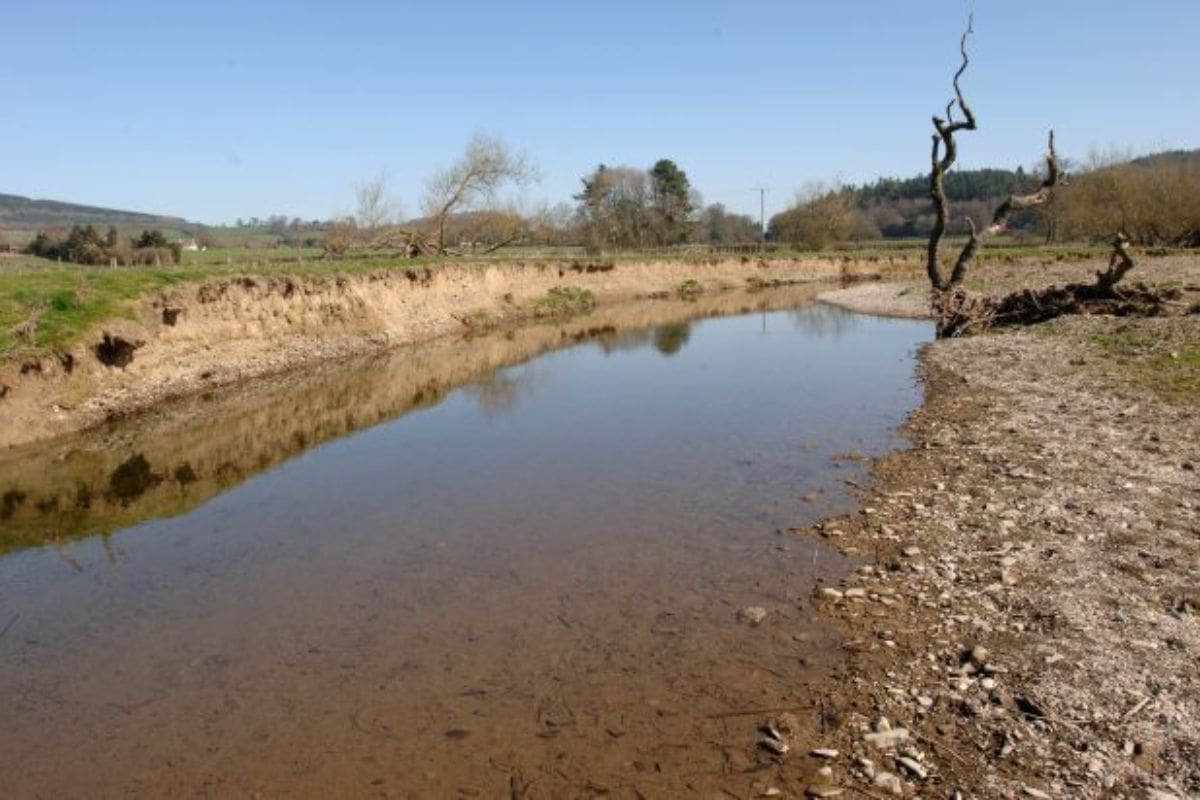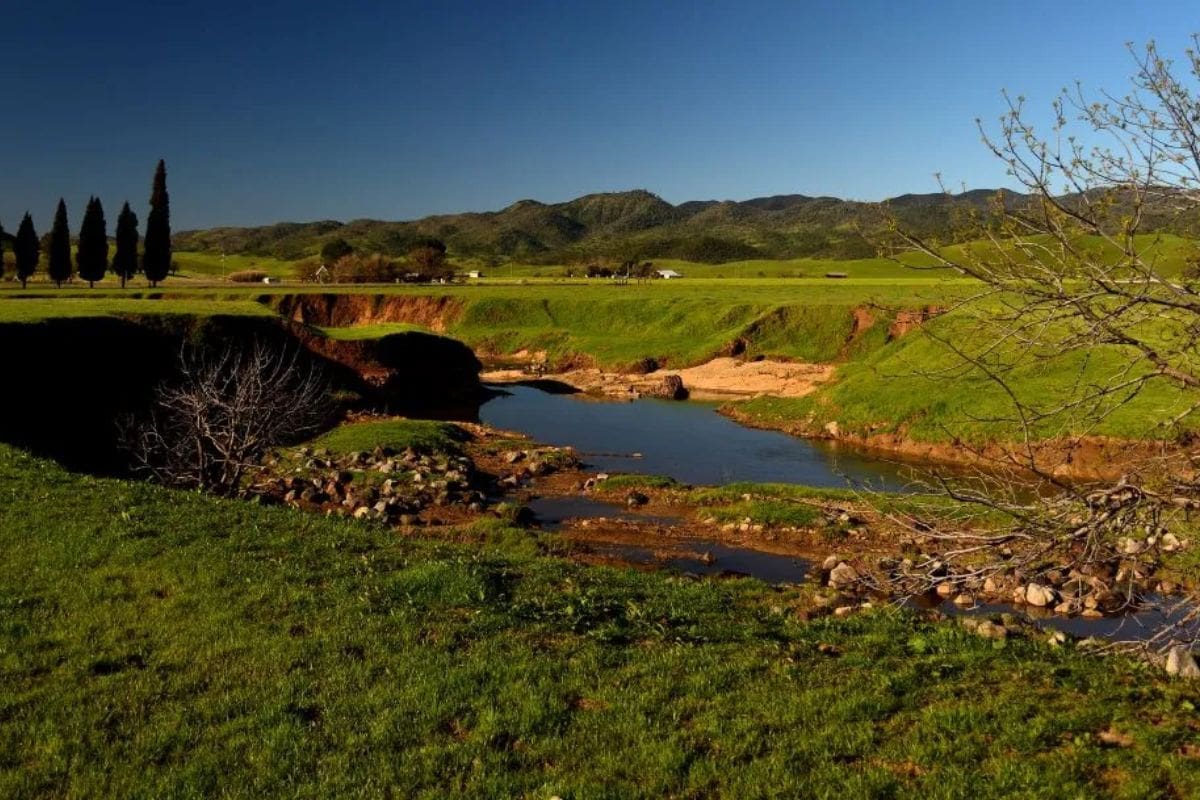California Water Crisis Climate Change: As California grapples with a deepening water crisis exacerbated by the effects of climate change, uncertainty looms over the state’s water future.
The intricate balance between supply and demand, coupled with the challenges of managing reservoirs and runoff patterns, paints a complex picture of the state’s water management landscape.
With shifting climate patterns intensifying the strain on existing resources, the need for innovative solutions and enhanced water storage capabilities becomes increasingly urgent.
In this delicate dance of supply and demand, the question arises: how will California navigate the turbulent waters ahead?
California’s Water Supply Dilemma
California’s water supply dilemma poses a critical challenge that demands immediate attention and strategic long-term planning to ensure the state’s sustainability and resilience in the face of growing uncertainty. With no issue more crucial to California than maintaining a reliable water supply, the situation is increasingly uncertain from both immediate and long-term perspectives. The state faces a complex web of challenges, including the impacts of climate change, population growth, aging infrastructure, and competing demands from various sectors such as agriculture, urban areas, and the environment.
Climate change has exacerbated the variability of California’s water supply, leading to more frequent and severe droughts, reduced snowpack, and uncertain precipitation patterns. These factors have put pressure on existing water sources, such as rivers, reservoirs, and groundwater aquifers, making it essential to reassess water management strategies.
To address this dilemma effectively, California must adopt a multifaceted approach that includes investments in water conservation, storage infrastructure, groundwater recharge, and sustainable water management practices. Collaboration among stakeholders and innovative solutions will be crucial in navigating the complexities of the state’s water supply challenges.

Allocations and Challenges for Water Users
What are the implications of the recent 15% water allocation for municipal water agencies and San Joaquin Valley farmers in light of below-average precipitation in Northern California? The reduced water allocation of 15% announced by federal and state regulators has significant repercussions for both municipal water agencies and farmers in the San Joaquin Valley. Agricultural producers, who heavily rely on these water allocations for irrigation purposes, are now faced with challenges in planning their crops and obtaining the necessary financing. On the other hand, municipal water agencies may need to implement stricter water conservation measures to ensure they can meet the needs of their residents.
| Implications for Municipal Water Agencies | Implications for San Joaquin Valley Farmers |
|---|---|
| Stricter water conservation measures might be necessary | Challenges in planning crops and securing financing |
| Potential impact on meeting residents’ water needs | Dependence on water allocations for irrigation purposes |
Reservoir Management and Runoffs
Given the current challenges faced by municipal water agencies and San Joaquin Valley farmers due to reduced water allocations, attention is now turning to the critical aspect of reservoir management and runoffs as reservoir levels are being strategically managed to accommodate anticipated spring runoffs. Reservoir managers have issued a somber projection while also proactively drawing down reservoir levels to create space for the expected runoffs in the spring. Enhanced releases from the Shasta and Oroville reservoirs have led to elevated levels in the Sacramento River, indicating the proactive measures being taken to handle the upcoming water inflows.
The careful management of reservoir levels is crucial as California navigates its water crisis, balancing immediate water needs with the necessity of storing water for future use. As climate change continues to exacerbate water scarcity issues, optimizing reservoir management practices becomes even more critical. By strategically planning for runoffs and ensuring reservoirs have adequate capacity, water agencies can better cope with the uncertain water supply conditions brought about by a changing climate.


Water Management Challenges in a Changing Climate
Amidst the challenges posed by a changing climate, water management in California has become a complex and intricate task that requires innovative solutions and adaptability. The anomaly of sending significant water downstream while warning users of low allocations highlights the growing difficulty of water management in an era of climatic volatility. Climate change disrupts traditional models used by water managers, making it challenging to decide when to boost reservoir storage and when to increase releases. This uncertainty necessitates the development of new strategies that can swiftly respond to fluctuating conditions. Effective water management in California now demands a proactive approach that integrates real-time data, predictive modeling, and stakeholder collaboration to navigate the complexities brought about by a changing climate.
Best For: Organizations seeking innovative water management solutions in the face of climatic volatility.
Pros:
- Utilizes real-time data for informed decision-making.
- Integrates predictive modeling to anticipate changing conditions.
- Promotes stakeholder collaboration for comprehensive strategies.
- May require significant initial investment in technology and training.
Need for Solutions and Increased Water Storage
The pressing need for solutions to California’s water crisis necessitates a strategic focus on enhancing water storage capacity to effectively manage the uncertainties in the state’s water supply.
With precipitation patterns becoming more erratic due to climate change, increasing water storage capacity is crucial for ensuring a reliable water supply for California’s residents, agriculture, and ecosystems.
One significant step towards this goal is accelerating the construction of projects like the Sites reservoir, which can store excess water during high-flow periods for later use.
However, to address the complexities and uncertainties of the water supply, California must explore a diverse range of storage options, including both surface reservoirs and underground aquifers.
Additionally, resolving contentious issues like the Delta conveyance project is essential for improving water management efficiency and sustainability in the state.

Also Read: Advancing AI in Public Services Home Secretary James Cleverly California Expedition
News In Brief
Amidst California’s deepening water crisis exacerbated by climate change, the state faces uncertainty in water management. The delicate balance between supply and demand, coupled with challenges in reservoir management and runoff patterns, presents a complex picture. With shifting climate patterns intensifying strain on resources, the need for innovative solutions and increased water storage becomes urgent.
The recent 15% water allocation for municipal water agencies and San Joaquin Valley farmers adds to the challenges, impacting crop planning and financing. As reservoirs are managed to accommodate spring runoffs, proactive measures are taken. Effective water management in a changing climate demands real-time data, predictive modeling, and stakeholder collaboration. California’s quest for solutions includes accelerating projects like the Sites reservoir and exploring diverse storage options, emphasizing the critical need for sustainability and efficiency.
Our Reader’s Queries
How does climate change affect California’s water supply?
Anticipated Effects in California
Alterations in precipitation patterns are evident, with an increase in rainfall, a decrease in snowfall, and diminishing glaciers in the Sierra Nevada—the primary source of much of California’s freshwater supplies. Moreover, reduced snowpack and earlier springtime melting are contributing to a decline in hydropower capacity.
How are California’s water challenges exacerbated by climate change?
Weather Extremes and Sea Level
An atmospheric river is transporting water to California. The elevation of sea levels will introduce more saltwater into the Sacramento-San Joaquin Delta, which serves as the core of California’s water supply system. This delta is the water source for 25 million Californians and millions of acres of vital farmland.
What is the main issue with California’s water supply?
The highest demand for water occurs in California during the arid summer months, characterized by minimal natural precipitation or snowmelt. California’s unpredictable climate not only results in prolonged periods of drought but also brings about significant floods. These floods can occur during the presence of atmospheric rivers, which, while potentially damaging, play a crucial role in replenishing California’s water supply.
How is California solving the water crisis?
Governor Gavin Newsom has established an objective to recycle 1.8 million acre-feet of water in California by 2040, surpassing the 2021 recycled amount, which was less than half of this target. Transforming sewage into water is akin to a Californian version of turning water into wine, a practice the state has been actively engaged in for several decades.

